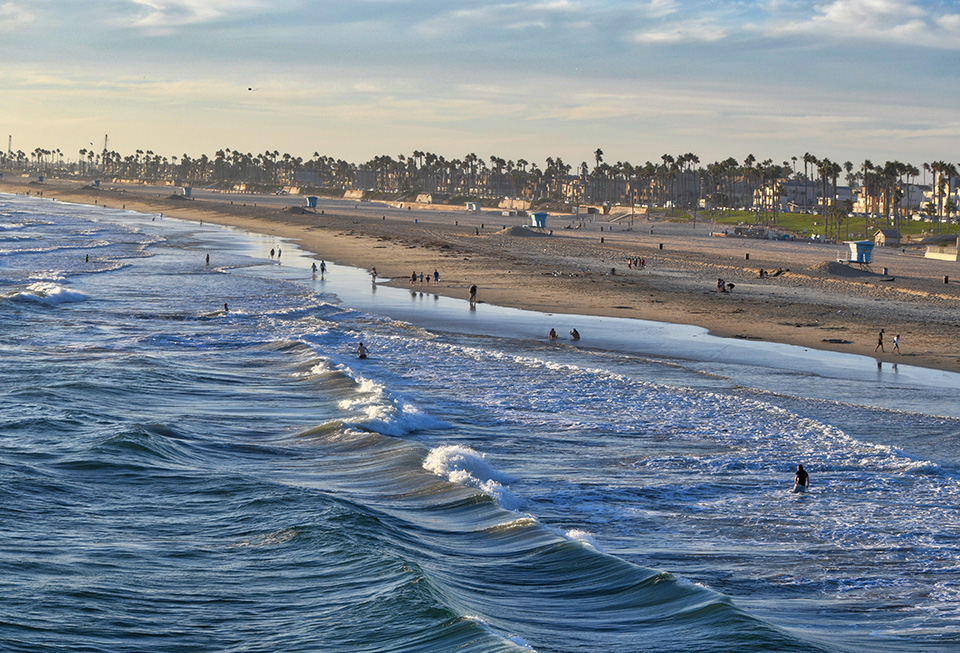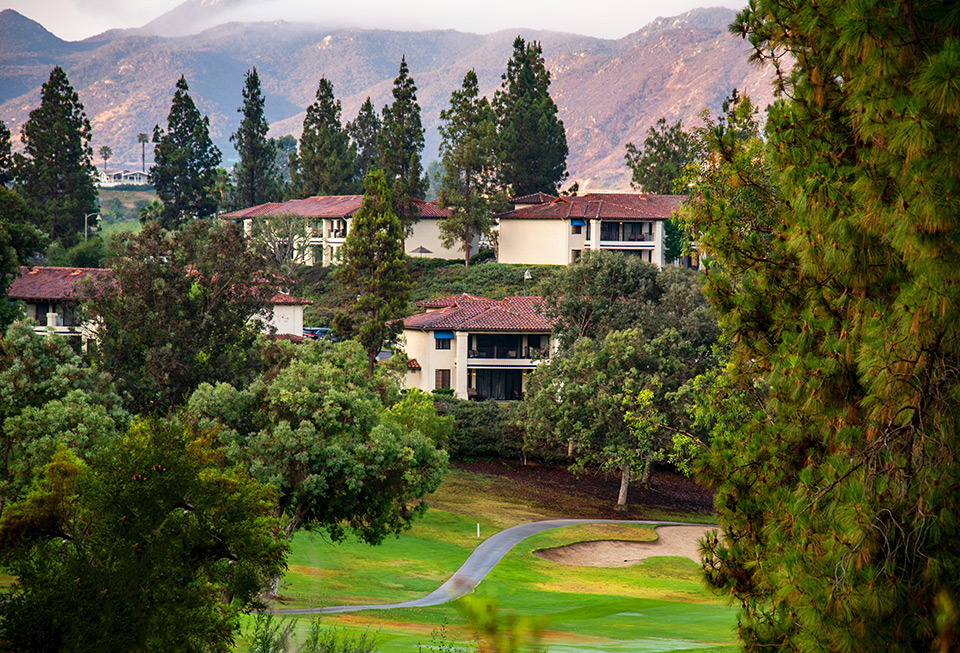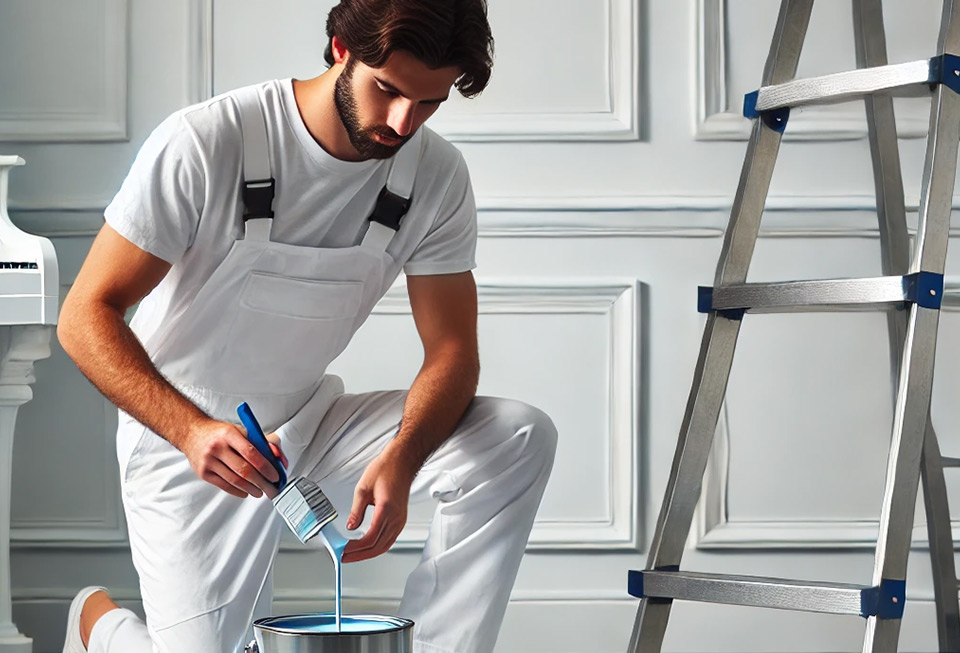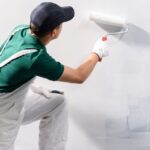
Five exterior painting tips from professional painters in San Diego
April 23, 2021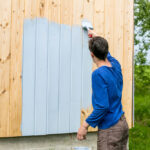
A look at common exterior paint problems
May 7, 2021Do you want to increase the value of your home?
The good news is that there’s a ton of ways to do this! Usually, home improvement projects are the best way to go.
Here, thinking about your return on investment is always a good approach and it’s understandable given that most home improvement projects don’t usually add money back into your pocket unless you’re looking to sell.
That said, projects like exterior painting can add incredible value to your home—all at a minimal cost.
According to a market survey conducted by HomeLight, exterior painting can add up to $4,200 in value to your sanctuary.
Another benefit of exterior painting is that it is one of the easiest and quickest home improvement projects, even for non-professionals! With the right tools and by following professional instructions, you can make your home look like a million bucks.
That said, as a professional painter, I’ve seen many DIY painters make certain basic mistakes that not only spoil how their home looks but seriously affects their curb appeal as well.
That’s why I’d like to share my insights on some of the most common mistakes you can make when you take on your own exterior painting project.
Skipping the preparation process
As a professional painter, I spend a lot of time preparing the surfaces my team and I paint. In fact, most professional painters will agree that more than 50% of the total time in a project is spent on preparing painting surfaces!
I understand that this can be a little tedious and it’s all too easy to take a few shortcuts. Unfortunately, this preparation is the most critical part of the process, especially if you want a smooth and professional finish.
If you skip this step, the paint might not stick properly to the surface. Even worse, the paint might peel off in a shorter timeframe than you expect!
Here are a few tips to get you started:
- Scrape off peeling paint
- Sand the residue of your previous paint job so that it comes off
- Clean your painting surface to get rid of micro particles
Here’s another tip: don’t forget to use a good primer after you’ve prepped the surface. It will give your walls a nice, uniform look 🙂
Choosing the wrong time to paint
The climate and temperature in your area will determine how quickly the paint dries on your exterior walls. They also impact the longevity of your paint job.
If you choose the wrong time to paint the exterior of your home, the paint might not stick to the wall as well as you hope. If you go to the other extreme, painting in cold weather may cause the paint to peel off in two to three years.
Painting during the rainy season is not ideal either, as the droplets can cause blisters on your surface.
Many professional painters, myself included, recommend painting when the temperature is between 40° F–90° F, which is the ideal temperature for both oil-based and latex paint.
Choosing the wrong type of paint
The exterior of your home is constantly exposed to environmental elements including dust, extreme weather, and smoke, which can have a severe impact on your paint. Any paint that is created for exterior walls, therefore, has to withstand these elements.
Unfortunately, one of the most common mistakes I’ve seen many DIY painters make is using interior paint on exterior walls—a big mistake considering that it is not designed to withstand the harsh elements of your external environment.
Fortunately, this is the easiest mistake to avoid! A quick conversation at your local paint shop will guide you in the right direction when choosing your paint.
Avoid these common mistakes to improve how the exterior of your home looks!
Painting your home is one of the easiest ways to improve the value of your home, and it can be done by ANYONE with the right tools.
Being mindful of the common mistakes outlined in this post will help you avoid making the same mistakes on your next painting project.
Good luck!

